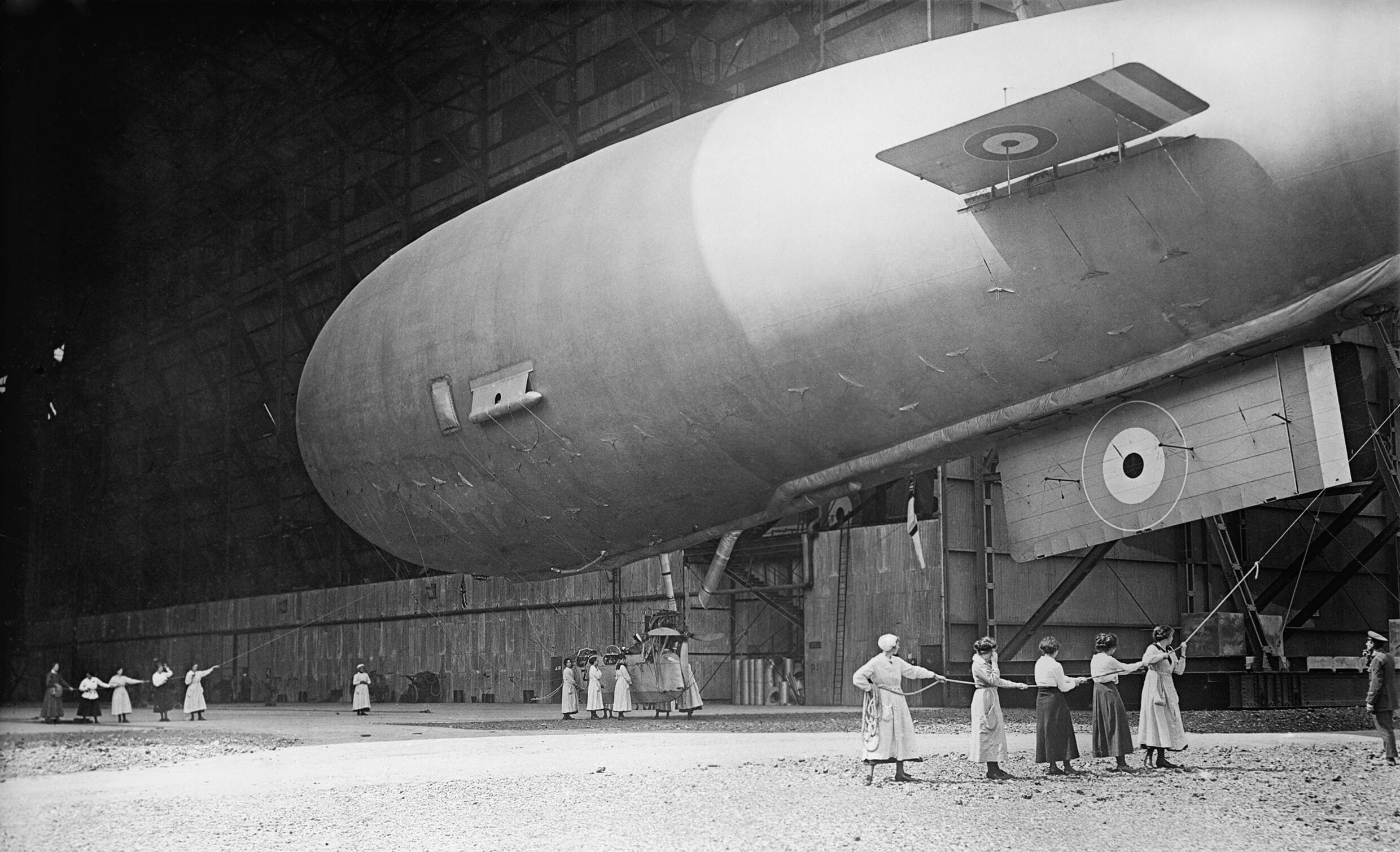RNAS Howden on:
[Wikipedia]
[Google]
[Amazon]
RNAS Howden (later RAF Howden) was an
 It was opened in March 1916 to cover the East Coast ports shipping from attacks by German U-boats during the
It was opened in March 1916 to cover the East Coast ports shipping from attacks by German U-boats during the
airship
An airship or dirigible balloon is a type of aerostat or lighter-than-air aircraft that can navigate through the air under its own power. Aerostats gain their lift from a lifting gas that is less dense than the surrounding air.
In early ...
station near the town of Howden
Howden () is a market and minster town and civil parish in the East Riding of Yorkshire, England. It lies in the Vale of York to the north of the M62, on the A614 road about south-east of York and north of Goole, which lies across the ...
south-east of York
York is a cathedral city with Roman Britain, Roman origins, sited at the confluence of the rivers River Ouse, Yorkshire, Ouse and River Foss, Foss in North Yorkshire, England. It is the historic county town of Yorkshire. The city has many hist ...
, England.
History
 It was opened in March 1916 to cover the East Coast ports shipping from attacks by German U-boats during the
It was opened in March 1916 to cover the East Coast ports shipping from attacks by German U-boats during the First World War
World War I (28 July 1914 11 November 1918), often abbreviated as WWI, was one of the deadliest global conflicts in history. Belligerents included much of Europe, the Russian Empire, the United States, and the Ottoman Empire, with fig ...
, with its first airship, the Coastal-class non-rigid airship arriving on 26 June 1916. From 1916 to 1918 Howden was a Royal Naval Air Service
The Royal Naval Air Service (RNAS) was the air arm of the Royal Navy, under the direction of the Admiralty's Air Department, and existed formally from 1 July 1914 to 1 April 1918, when it was merged with the British Army's Royal Flying Corps t ...
establishment, with the base transferring to the Royal Air Force
The Royal Air Force (RAF) is the United Kingdom's air and space force. It was formed towards the end of the First World War on 1 April 1918, becoming the first independent air force in the world, by regrouping the Royal Flying Corps (RFC) an ...
when it was established on 1 April 1918. While airships flew on patrols from Howden until the end of the war, Howden-based airships never engaged in direct combat with German submarines.Delve 2006, p. 295.
The station remained operational after the end of the war, with operations continuing to support minesweeping operations over the North Sea.Delve 2006, pp. 295–296. A new hangar, at the time the largest in the world, was completed in 1919. The No.2 Double Rigid Shed measured in length and clearance height.